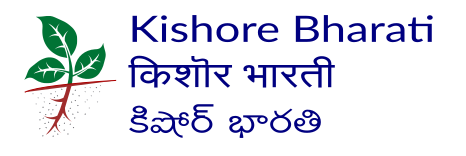CUBists presenting their work to fresh participants of ZSK National Webinar on CUBE: A new approach in Biology Education as a part of Darwin day celebration, 2022
Conference on Integrating Science with Society, 15-16 December 2018, Jadavpur University, Breakthrough Science Society
CUBE Marathi article published by Shikshan Sankraman, 2020 covering how students learn science by experimenting and collaborating with each other in CUBE
CUBE Hindi article published by Shaikshanik Sandarbh, 2021 covering research project-based science learning in CUBE
CUBE-Coolest Lab in Town article published by Mumbai Mirror covering aspects of how biology can be taught and learnt across country in a different manner by doing it
CUBE-undergraduates-in-lockdown-sustaining-research-projects-with-cube-home-labs
CUBE, in pandemic times, CUBE is functioning by students creating labs in their homes, called Home Labs, where they perform experiments, and in evening meet everyday online in Chatshaala sessions to discuss about their projects. This article is published in Indiabioscience, by CUBists sharing their experience of their Home Labs during pandemic.
Here is the story of the making of HOME Labs shared during “Chai and Why Session”
Populating India with STEM Spectators: GullyCricket Model of Spreading STEM Culture at Breakthrough Science Society , 2018
In India, there is a serious dearth of spectators for Science, unlike, say, in a game of cricket. A game like Cricket is a rule-following activity where the players, as well as the spectators, are immersed in it. The idea was to see if Indian science can learn anything from Indian street cricket. With this aim, a new model of STEM (Science, Technology, Engineering, and Mathematics) education called CUBE (Collaboratively Understanding Biology Education) was launched 6 years ago at the Homi Bhabha Center. STEM is taken as a set of games scientists, engineers and mathematicians play. The idea is to develop groups of people who understood some rules of the game and they would constitute the STEM spectators. For creating the STEM spectators, groups of students and teachers working in collaboration were encouraged to do experiments using the resources in their neighborhood on problems that they observe in their everyday life. Several such groups in undergraduate colleges and schools across the country were set up. Prof Arunan narrated examples of such experiments as the pea study, the Daphnia study, the flowering patterns of mangoes in different geographical locations, etc. It was observed that some of these studies matured from curiosity to frontier sciences.
